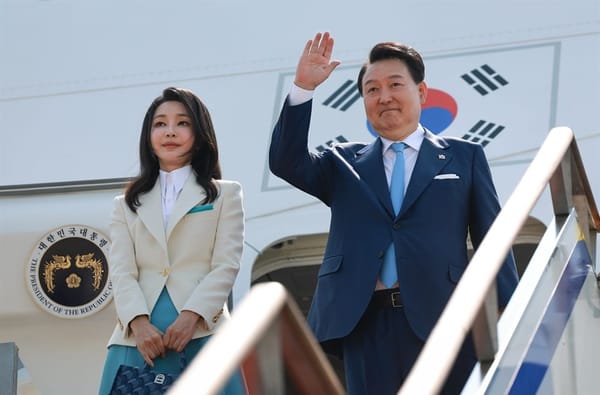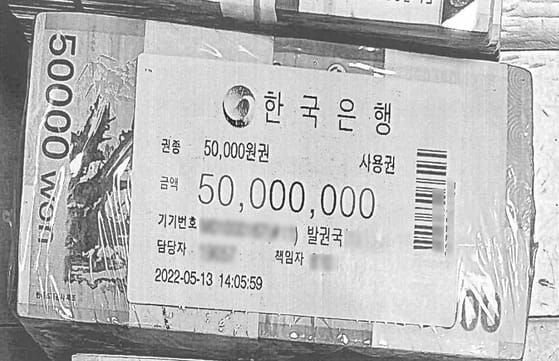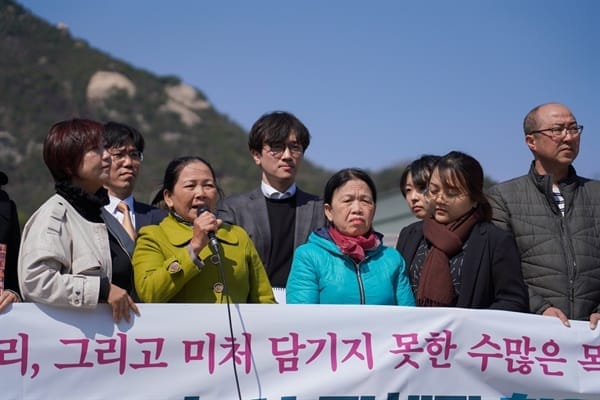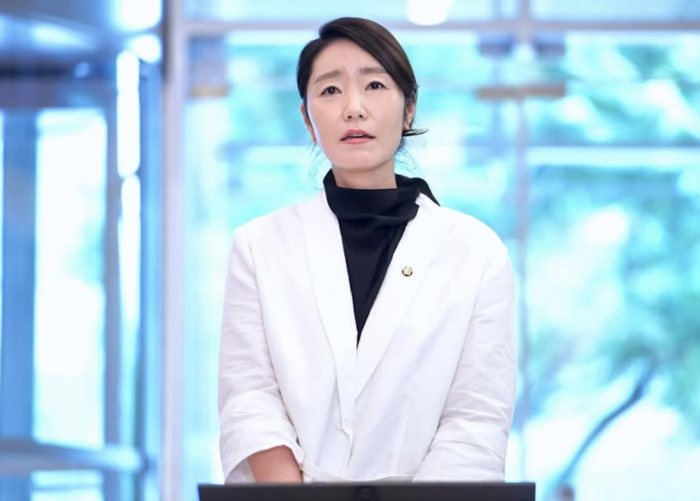Photo: Reconstruction of a sunjang tomb during the Gaya Dynasty. Credit: Hankyoreh.
In certain parts of ancient Korea, the funeral of kings and lords involved burying the alive his retinue, including concubines and slaves. For example, the sixth century tomb of the Gaya Dynasty 가야 왕조, located in today’s Changnyeong, Gyeongsangnam-do Province 경상남도 창녕, contained the remains of a 16 year old girl servant who was buried in the tomb of her lord.
This grisly custom - called sunjang 순장 - is remembered today as gallows humor in South Korean politics. Sunjangjo 순장조, i.e. “the sunjang team”, refers to the last set of cabinet members and the Blue House 청와대 officials who will serve until the end of the president’s term. Because of South Korean politics’ brutal lame duck period for virtually all of its presidents (see previous coverage, “Every President over Five Years”), it is difficult for those in sunjangjo to rise politically as the president undergoes his or her (figurative) demise.








